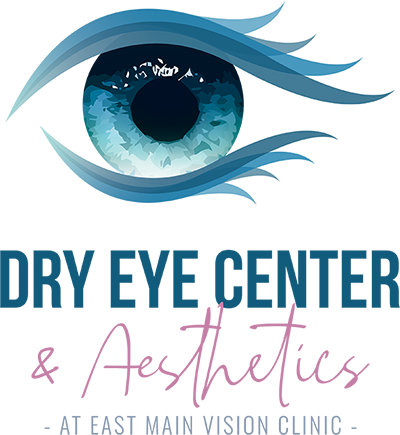Dr. Day evaluates, manages, and treats many ocular medical conditions. During your routine eye examination, Dr. Day may discover areas of your eyes that are suspicious of an illness such as Glaucoma or Macular Degeneration. Or perhaps your Primary Care Physician has reason to refer you to our office for testing due to certain medication side effects. If these screening tests determine that further testing is needed, one of our technicians will schedule you for an appointment in our Specialized Testing department. Other conditions that we manage include:
Glaucoma
Hypertension (Ocular)
Dermatochalasis (Drooping eyelids)
Macular Degeneration
Diabetic Eye Disease
Vitreous Floaters
Ocular Coherence Tomography
We utilize highly specialized, state-of-the-art equipment to gather detailed information about the health of your eyes. One of the instruments we use is called an Optical Coherence Tomographer, or OCT for short. This instrument uses light to capture three-dimensional images from the delicate tissues near the very back of your eyes. The information gathered is helpful in diagnosing and monitoring Glaucoma, Macular Degeneration, as well as a host of other ocular disorders. This imaging is similar to an MRI, or Magnetic Resonance Imaging instrument.
Visual Fields
If a visual field defect is suspected, Dr. Day will order a Visual Field test. Patients are given a remote and asked to respond to special lights that appear inside the instrument. The instrument is able to detect areas in vision that patients may not see as well, giving further insight into the suspected eye condition.
In patients who have a condition called Dermatochalasis, drooping eyelids, a Visual Field test can determine if the eyelid is interfering with vision. This test helps determine if insurance may apply a benefit to a procedure called Blepharoplasty, which lifts and/or removes excess excess tissue around the eyes.
Intraocular Pressure
In the front of the eye is a small pocket of fluid that contacts a liquid called Aqueous fluid. It is important that the amount of pressure in this pocket is within a normal range. Elevated Intraocular Pressure can lead to Glaucoma. We monitor Intraocular Pressure by utilizing a standardized tool called a Goldmann Tonometer. The eye is first numbed with Fluorescein/proparacaine eye drop.
Fundus Photography
Fundus photography involves taking photographs of the back portion of the eye; also known as the fundus or retina. Specialized fundus or retinal cameras consisting of an intricate microscope attached to a flash enabled camera are used in fundus photography to detect eye conditions such as glaucoma, macular degeneration, optic neuropathy, diabetic retinopathy, ischemia and many other conditions.



